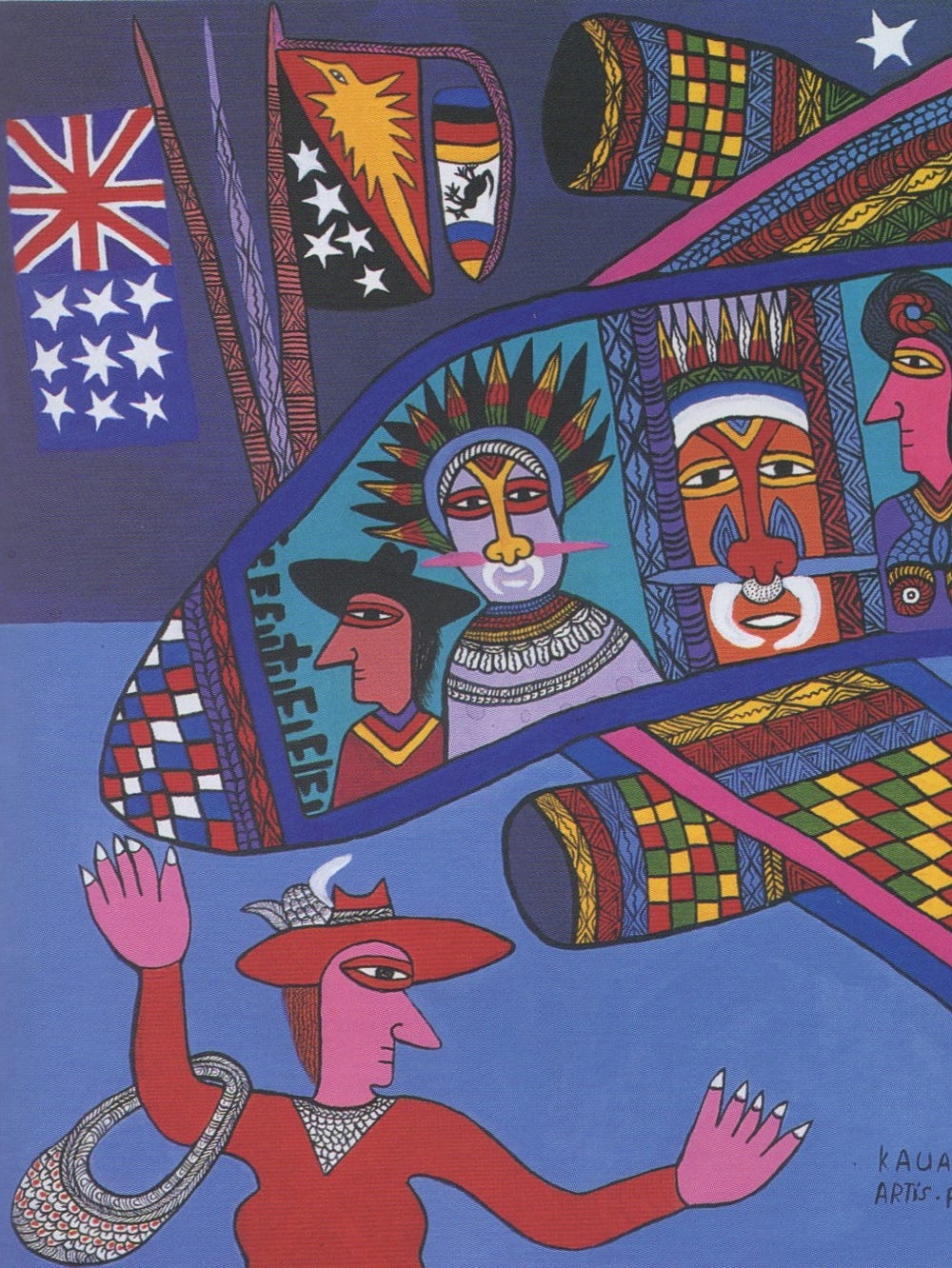Great Nature: The Transcendent Landscapes of Chiura Obata
Jump to
The first major retrospective of Chiura Obata’s work since 1977, this exhibition presents 100 of the renowned Bay Area artist’s sumi-e (Japanese ink and brush paintings), large-scale scrolls, and color woodblock prints, as well as a selection of the artist’s own materials, including his brushes, palette, and hand-ground pigments. Obata (1885 – 1975), who studied painting in Japan from the age of seven, emigrated to San Francisco in 1903, and his earliest works include firsthand renderings of the San Francisco Earthquake and Fire of 1906.
In 1921, Obata co-founded the East West Art Society, which sought to promote cross-cultural understanding through art. This goal was reflected in his embrace of the Nihonga style, which fused traditional Japanese sumi-e ink painting with the conventions of western naturalism. As a popular professor of art (1932 – 42 and from 1945 – 54) at the University of California at Berkeley, Obata played a pivotal role in introducing Japanese art techniques and aesthetics that became one of the distinctive characteristics of the California Watercolor School.
Obata’s most famous work, a portfolio of extraordinary color woodblock prints titled the World Landscape Series “America” (1930), was inspired by a trip to the Yosemite Valley and the Sierra Mountains in 1927. Often monumental in composition, yet intimate in their carefully observed details, Obata’s luminous landscapes reveal his intensely personal and poetic vision of “Great Nature.” This vision was grounded in an underlying Zen philosophy of selflessness that accepts the insignificance of human affairs in relation to the timeless forces of nature.
Also included in the exhibition are a selection of works created by Obata while he, his family, and over 8,000 other Japanese Americans were confined in an internment camp in Topaz, Utah during World War II. Obata was the founder and director of The Topaz Art School, which had 16 artist/instructors who taught 23 subjects to over 600 students. While at Topaz Art, Obata created both reportorial works that serve as a visual diary of the internees’ daily life, as well as transcendent works that serve as a powerful and lasting testament to the perseverance of the human spirit when confronted by prejudice.
Sponsors
This exhibition is organized by the Fine Arts Museums of San Francisco.


